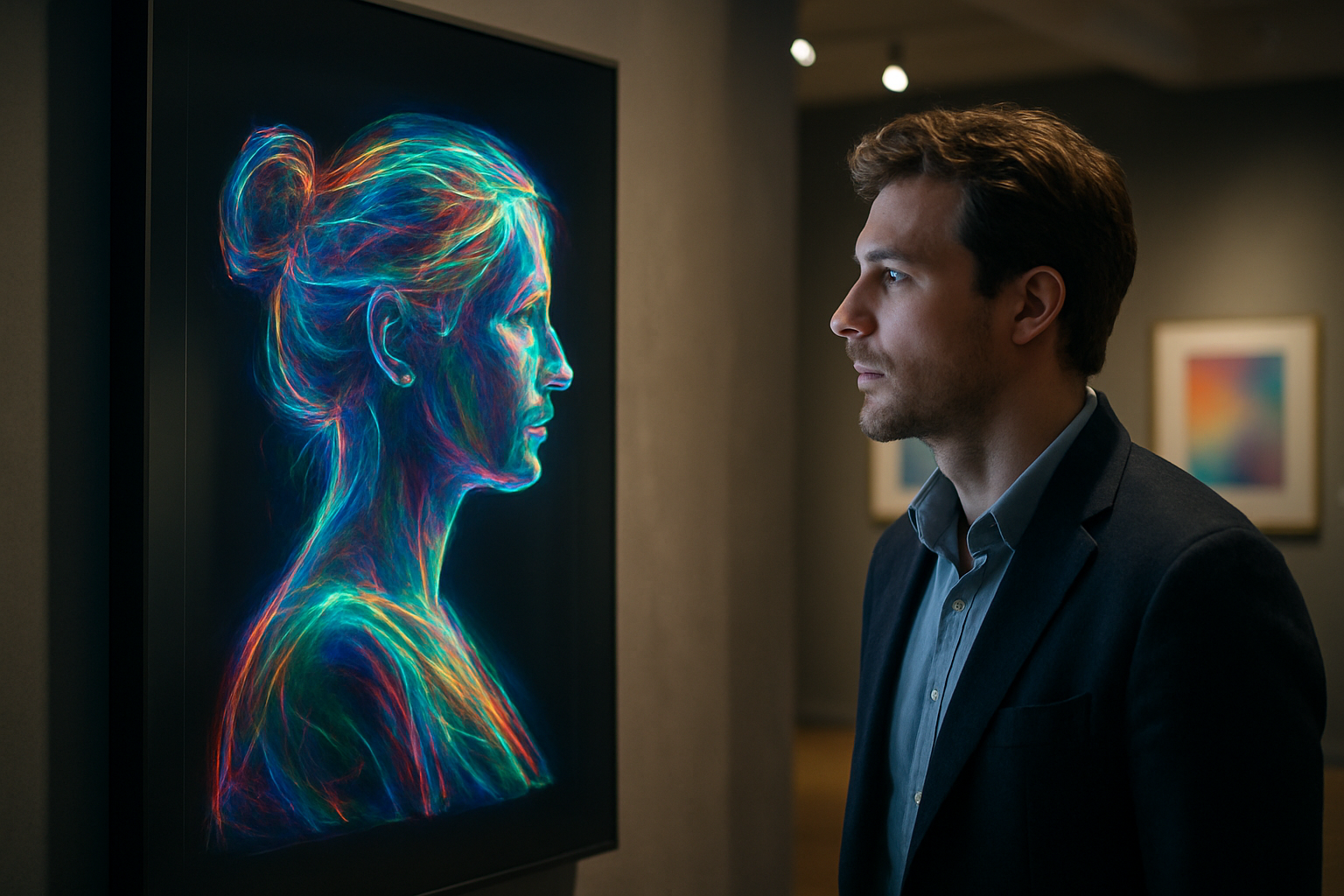The Resurgence of Holographic Art in Contemporary Spaces
In an era dominated by digital screens and virtual experiences, holographic art is making a surprising comeback, captivating audiences with its ethereal beauty and technological innovation. This resurgence is not merely a nostalgic nod to the past but a reimagining of holography's potential in contemporary art spaces. As artists and curators explore new frontiers in visual expression, holographic installations are emerging as powerful tools for storytelling, immersive experiences, and challenging perceptions of reality.

Technological Advancements Fueling the Revival
The recent revival of holographic art can be attributed to significant technological advancements. Modern holographic displays no longer require special lighting conditions or viewing angles, making them more versatile for installation in various settings. Additionally, the integration of digital technology has expanded the possibilities for interactive and dynamic holographic artworks. Artists can now create complex, animated holograms that respond to viewer movements or environmental changes, pushing the boundaries of what’s possible in three-dimensional visual art.
Holography in Museums and Galleries
Major art institutions are taking notice of holography’s renewed potential. The Museum of Holography in New York, which closed its doors in 1992, has found new life in pop-up exhibitions and collaborations with contemporary art spaces. The Victoria and Albert Museum in London recently featured a groundbreaking holographic installation as part of its exploration of the future of design. These exhibitions not only showcase the technical marvels of modern holography but also demonstrate its capacity to convey complex narratives and evoke emotional responses from viewers.
Artists at the Forefront of the Holographic Renaissance
A new generation of artists is embracing holography as a medium for creative expression. Matthew Schreiber, known for his large-scale laser installations, has incorporated holographic elements into his work, creating immersive environments that blur the lines between light, space, and perception. Paula Dawson, an Australian artist, uses holography to explore themes of memory and time, creating haunting images that seem to exist between dimensions. These artists, among others, are redefining what holographic art can be, moving beyond novelty to create works of profound artistic merit.
The Intersection of Holography and Other Art Forms
One of the most exciting aspects of holography’s resurgence is its integration with other art forms. Performance artists are incorporating holographic projections into their live shows, creating surreal and captivating visual experiences. In the world of sculpture, artists are using holographic elements to add depth and movement to static objects. This cross-pollination of mediums is opening up new avenues for artistic expression and challenging traditional categorizations of art.
Challenges and Future Prospects
Despite its recent gains, holographic art still faces challenges. The technology required for high-quality holographic displays remains expensive, limiting access for many artists and smaller galleries. There’s also the ongoing challenge of preservation, as holographic artworks can be sensitive to environmental factors. However, as technology continues to advance and become more accessible, these hurdles are likely to diminish. The future of holographic art looks promising, with potential applications in public art, education, and even virtual reality experiences.
Conclusion
The resurgence of holographic art represents more than just a technological trend; it’s a reimagining of how we interact with light, space, and imagery. As artists continue to push the boundaries of this medium, we can expect to see holography play an increasingly significant role in the contemporary art landscape. From museums to public spaces, holographic installations are challenging our perceptions and offering new ways to experience art. This revival is not just about revisiting an old technique; it’s about exploring the untapped potential of light as a medium for artistic expression in the 21st century.





